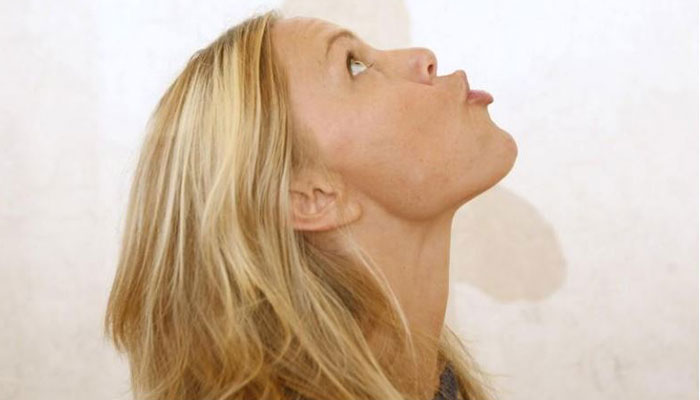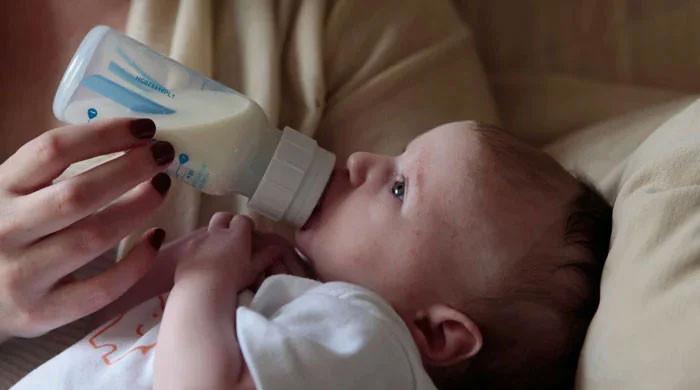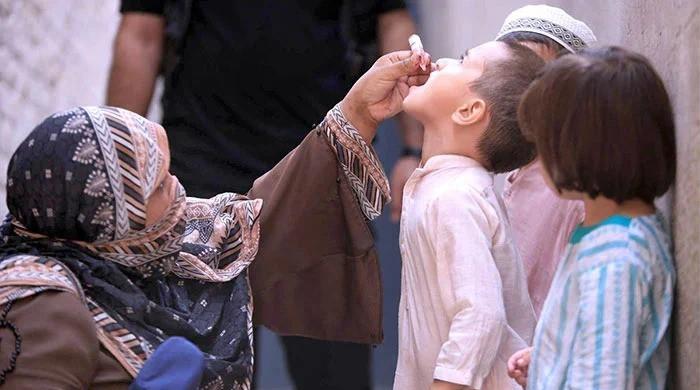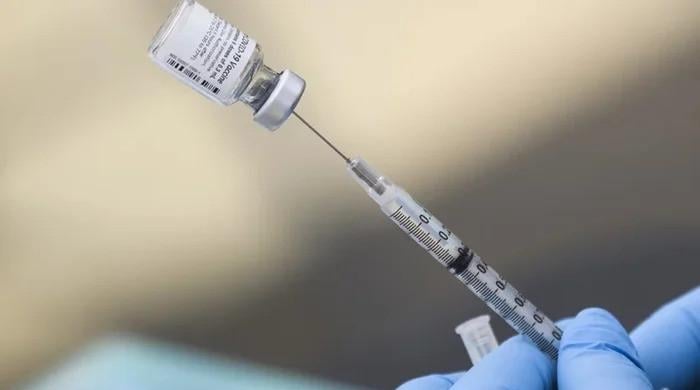Yoga face-toning might compete with fillers and facelifts
Participants learned to perform cheek pushups and eye-bag removers, among other exercises
January 14, 2018

To his toolbox of Botox, fillers and plastic surgery, cosmetic dermatologist Dr. Murad Alam has added a new, low-cost, noninvasive anti-aging treatment: facial yoga.
Dermatologists measured improvements in the appearance of the faces of a small group of middle-age women after they did half an hour of daily face-toning exercises for eight weeks, followed by alternate-day exercises for another 12 weeks.
The results surprised lead author Alam, vice chair and professor of dermatology at Northwestern Feinberg School of Medicine in Chicago.
“In fact, the results were stronger than I expected,” he said in a phone interview. “It’s really a win-win for patients.”
Participants included 27 women between ages 40 and 65, though only 16 completed the full course. It began with two 90-minute muscle resistant facial exercise-training sessions led by co-author Gary Sikorski of Happy Face Yoga in Providence, Rhode Island.
Participants learned to perform cheek pushups and eye-bag removers, among other exercises. Then they practiced at home.
Dermatologists looking at unmarked before-and-after photos saw improvements in upper cheek and lower cheek fullness, and they estimated the average age of women who stuck with the program as significantly younger at the end than at the start. The average estimated age dropped almost three years, from nearly 51 years to 48 years.
Participants also rated themselves as more satisfied with the appearance of their faces at the study’s end, Alam and colleagues reported in JAMA Dermatology.
“Now there is some evidence that facial exercises may improve facial appearance and reduce some visible signs of aging,” Alam said. “Assuming the findings are confirmed in a larger study, individuals now have a low-cost, non-toxic way for looking younger or to augment other cosmetic or anti-aging treatments they may be seeking.”
The exercises enlarge and strengthen facial muscles to firm and tone the face, giving it a younger appearance, he said.
Happy Face sells instructional worksheets – promising smoother skin, firmed cheeks and raised eyelids – for $19.95. DVDs cost $24.95. But not all dermatologists are rushing to promote the videos or the exercises.
Dr. John Chi, a plastic surgeon and professor at the Washington University School of Medicine in St. Louis, Missouri, said the study raises more questions than it answers.
“The jury is still out on whether or not facial yoga is effective in reversing the signs of aging,” he said in an email.
Chi, who was not involved with the study, said he would recommend facial yoga to patients who found it relaxing and enjoyable but not for the purpose of facial rejuvenation.
“While the premise of facial exercises to improve the facial appearance or reverse signs of aging is an appealing one, there is little evidence to suggest that there is any benefit in this regard,” he said.
Chi said facial yoga had not been rigorously examined in peer-reviewed scientific studies. Asked if procedures such as facelifts, Botox and fillers had been rigorously examined in peer-reviewed studies, he replied: “Great question. Attempts to do so have been made in the scientific literature with variable levels of scientific rigor.”
Alam agrees that his study raises additional research questions, such as whether the exercises would work for men and how much time people need to commit to doing the exercises for them to be optimally effective. He would like to see a larger study.











